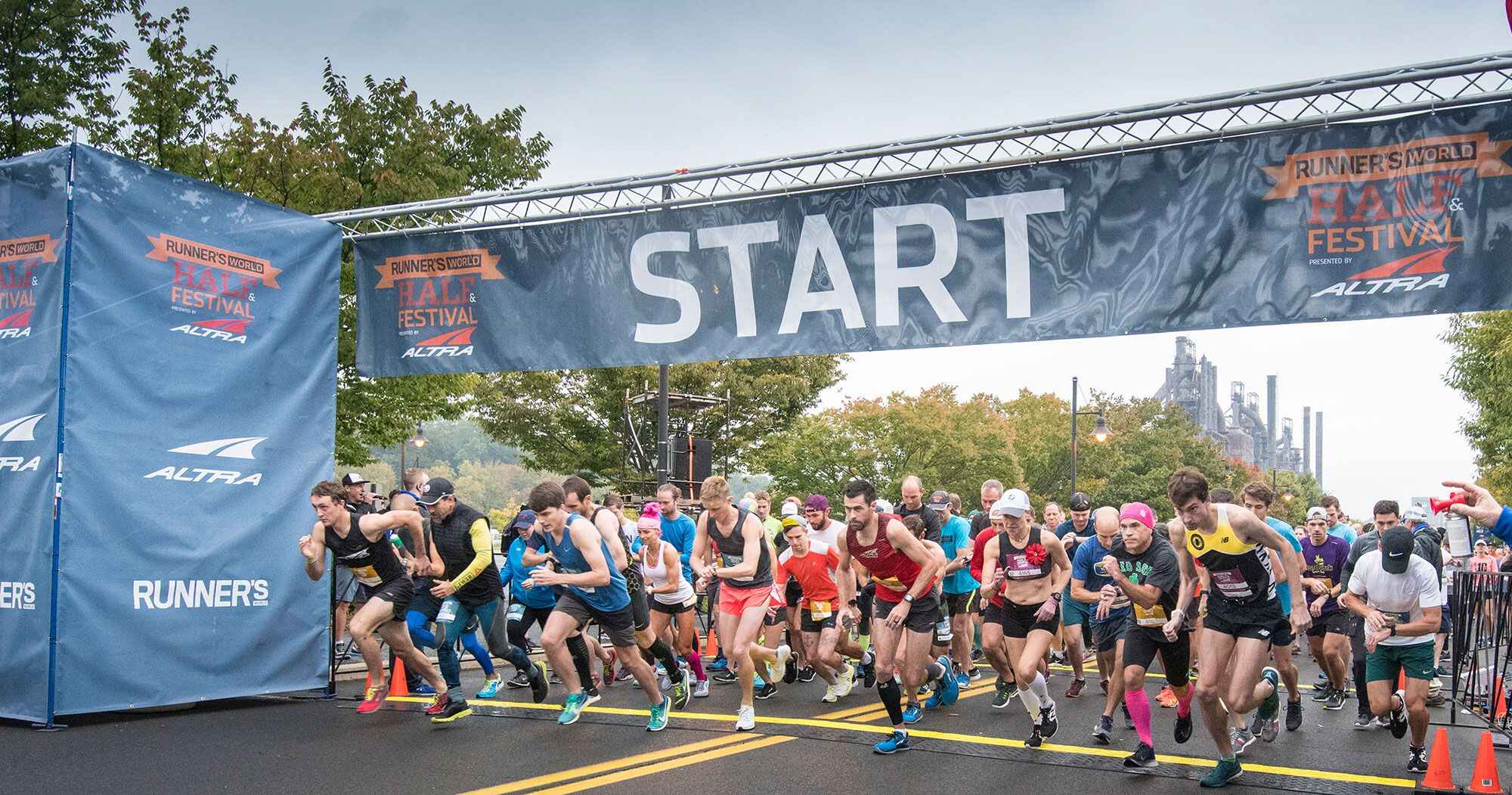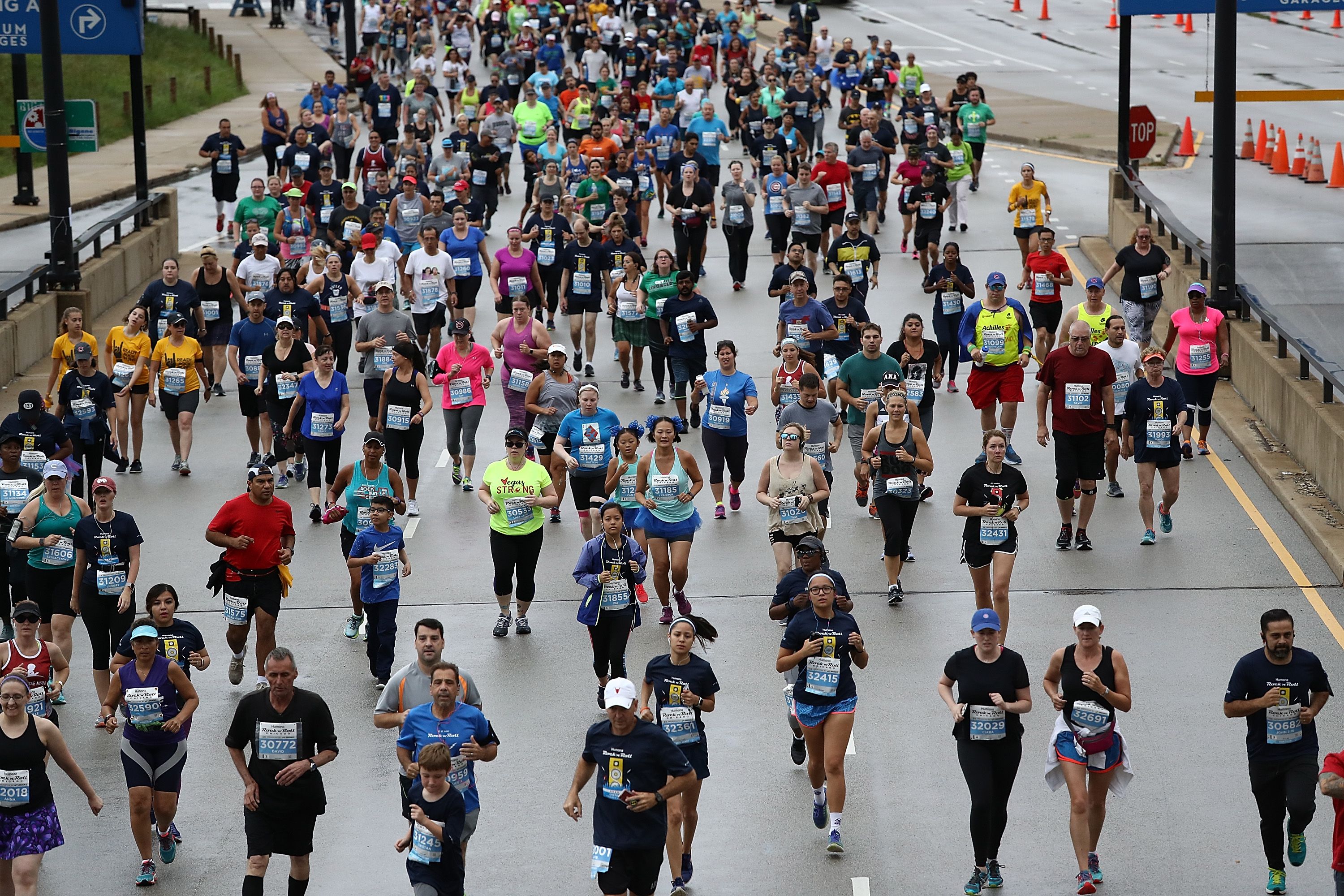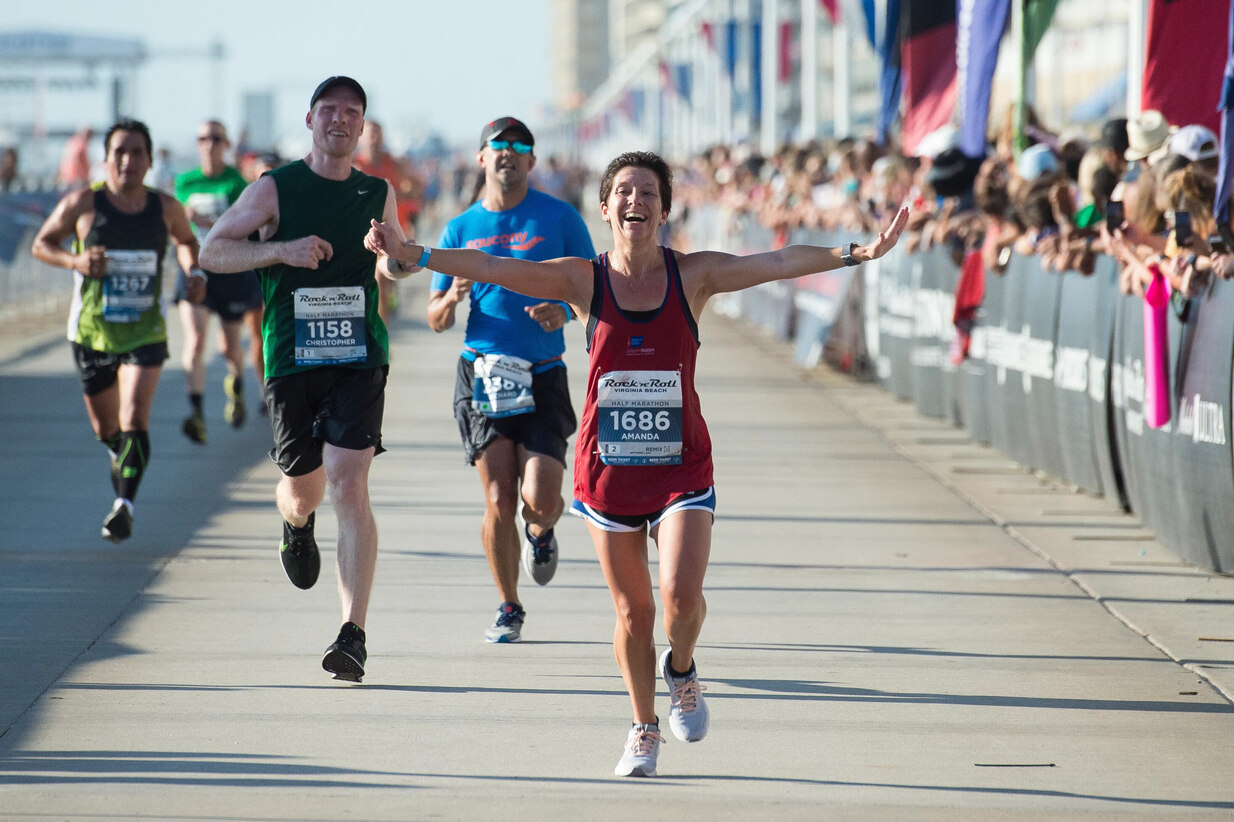

Featured
How Many Steps Is A 5K Run
Modified: January 2, 2024
Learn how many steps are needed to complete a 5K run in this featured article. Discover the perfect stride count to crush your next race!
Introduction
Welcome to the world of running! Whether you are a seasoned runner or just starting your fitness journey, completing a 5K run is an achievement worth celebrating. But have you ever wondered how many steps it takes to finish a 5K run?
A 5K run, also known as a 5-kilometer run, is a popular distance for both recreational and competitive runners. It covers a distance of approximately 3.1 miles, which can seem daunting at first, especially if you are new to running. However, by understanding the factors that influence the number of steps in a 5K run and implementing some strategies to improve efficiency, you can conquer this distance with ease.
In this article, we will explore the factors that contribute to the number of steps taken during a 5K run and discuss some tips to help you optimize your running stride. By the end of this article, you will have a better understanding of how your running technique and other factors can impact the number of steps you take during a 5K run.
So, lace up your running shoes, prepare to hit the pavement, and let’s delve into the world of 5K runs and the steps it takes to cross that finish line!
Understanding a 5K Run
Before we dive into the number of steps it takes to complete a 5K run, let’s first understand what a 5K run is. A 5K run is a race or a running event that covers a distance of 5 kilometers, which is equivalent to approximately 3.1 miles. It is a popular distance for runners of all levels, from beginners to experienced athletes.
The distance of a 5K run can be completed on various terrains, including roads, trails, or tracks, making it a versatile and accessible race option. The beauty of a 5K run lies in its ability to challenge participants while still being achievable for those who are new to running.
Typically, a 5K run is considered a midpoint between short-distance sprints and longer endurance races like half-marathons or marathons. It requires a balance of speed and endurance, making it a great race to test your overall running ability and push your limits.
During a 5K run, runners aim to maintain a steady pace and rhythm throughout the entire race. This consistency in pace allows runners to optimize their performance and achieve their personal bests. Whether you’re racing against yourself or competing with others, crossing the finish line of a 5K run is an accomplishment that brings a sense of pride and fulfillment.
Now that we have a clear understanding of what a 5K run entails, let’s explore the factors that influence the number of steps taken during this distance. By understanding these factors, you can make adjustments to your running technique and optimize your stride to improve performance and reduce the number of steps taken.
Factors That Influence the Number of Steps in a 5K Run
Several key factors can influence the number of steps you take during a 5K run. Understanding these factors can help you adjust your running technique and optimize your stride to improve efficiency and reduce the total number of steps taken. Let’s explore these factors:
- Running Speed: Your running speed plays a crucial role in the number of steps taken during a 5K run. Generally, as your pace increases, you will take more steps per minute. This is due to the shorter stride length and faster cadence required to maintain faster speeds.
- Stride Length: The length of your stride is another important factor. A longer stride length can result in covering more ground with each step, thereby reducing the total number of steps needed to complete the 5K distance. However, it’s important to find a balance between stride length and speed to avoid overstriding, which can lead to inefficient running form and potential injuries.
- Running Technique: Proper running technique can greatly influence the number of steps taken. Pay attention to your posture, arm swing, and foot strike. Maintaining an upright posture, swinging your arms in sync with your stride, and landing with a midfoot or forefoot strike can help optimize your running efficiency and reduce the number of unnecessary steps.
- Terrain: The terrain you run on can also impact the number of steps taken. Running on flat surfaces, such as roads or tracks, typically allows for a consistent stride length and fewer steps. On the other hand, running on hilly or uneven terrain may require shorter and more frequent steps to adapt to the changes in elevation.
- Physical Fitness and Training: Your overall physical fitness and training level can influence the number of steps taken during a 5K run. Regular training that includes endurance and strength exercises can improve your running economy, allowing you to cover more distance with fewer steps. Conditioning your muscles, improving your cardiovascular fitness, and strengthening your core can all contribute to more efficient running form.
- External Factors: External factors such as weather conditions and running attire can also impact the number of steps taken. For example, running in strong headwinds may require more effort and shorter steps, while wearing heavy or restrictive clothing can affect your range of motion and stride length.
By considering these factors and making necessary adjustments, you can optimize your running performance, reduce the number of steps taken, and improve your overall 5K run experience. Now that we have explored the factors that influence the number of steps, let’s take a look at the average number of steps taken in a 5K run.
Average Number of Steps in a 5K Run
The average number of steps taken during a 5K run can vary depending on individual factors such as height, running technique, and stride length. However, there are some general estimations we can consider.
On average, a runner will take approximately 1,500 to 2,000 steps to complete a 5K run. This estimation is based on a combination of an average stride length and cadence for most recreational runners. Keep in mind that this is just an approximation, and the actual number of steps can vary from person to person.
To calculate the average number of steps in a 5K run more accurately, we can break it down into stride length and cadence. Generally, recreational runners have a stride length of around 2 to 2.5 feet, and a cadence of 160 to 180 steps per minute. Multiplying the stride length by the cadence will give us an estimate of the number of steps per minute. So for example, a runner with a stride length of 2.5 feet and a cadence of 170 steps per minute would take approximately 2,550 steps to complete a 5K run.
It’s important to note that these numbers are just averages, and individual differences in factors like height, running style, and fitness level can impact the actual number of steps taken. Some runners may naturally have longer or shorter strides, which can affect the total number of steps. Additionally, faster runners may have a higher cadence and shorter stride length compared to slower runners.
Remember, the number of steps is not the only metric to focus on during a 5K run. It’s important to find a comfortable and efficient running pace and stride that suits your body and allows you to maintain good form throughout the race. Strive for a balanced and relaxed running technique that minimizes wasted energy and optimizes performace.
Now that we have discussed the average number of steps taken in a 5K run, let’s move on to some tips that can help you improve efficiency and reduce the number of steps during your next 5K race.
Tips to Improve Efficiency and Reduce Steps in a 5K Run
Improving your efficiency and reducing the number of steps taken during a 5K run can help you conserve energy and achieve a faster finish time. Here are some tips to optimize your running stride:
- Focus on Proper Running Form: Maintain an upright posture, relax your shoulders, and engage your core muscles while running. A proper running form helps to reduce unnecessary movements and promotes a more efficient stride.
- Increase Stride Length Smartly: Work on gradually increasing your stride length to cover more ground with each step. However, avoid overstriding, as it can lead to inefficient running and potential injuries. Focus on a natural and comfortable length that allows for a smooth and balanced running gait.
- Implement Cadence Drills: Practice increasing your running cadence or step turnover. Aim for a cadence of around 170-180 steps per minute, as this can help you maintain a more efficient running pace.
- Strength Training and Muscle Conditioning: Incorporate strength training exercises that target your leg and core muscles. This can improve your overall running economy and make each step more powerful and efficient.
- Run on Varied Terrain: Include running sessions on different types of terrain, such as hills, trails, or soft surfaces like grass or sand. This helps to enhance your stability, balance, and adaptability, which can translate to better running efficiency.
- Practice Cadence-Stride Synchronization: Work on synchronizing your stride length with your cadence. Pay attention to the rhythm and timing of your steps to find the optimal balance between stride length and cadence.
- Get Proper Footwear: Invest in a pair of well-fitting running shoes that provide adequate support and cushioning. The right footwear can help optimize your stride and reduce the impact on your joints.
- Work on Breathing Technique: Focus on your breathing during your runs. Practice rhythmic and controlled breathing to ensure sufficient oxygen intake and prevent unnecessary fatigue.
- Listen to Your Body: Pay attention to any discomfort or imbalances in your body while running. Take regular rest days, address any pain or injuries promptly, and consider consulting a professional if needed.
Remember, it’s important to listen to your body and make adjustments that work best for you. Experiment with different techniques and strategies during your training sessions to find what feels most comfortable and efficient.
By implementing these tips and consistently working on improving your running efficiency, you can reduce the number of steps taken during a 5K run and enhance your overall performance.
Conclusion
Completing a 5K run is a significant accomplishment that requires determination, perseverance, and proper technique. Throughout this article, we have explored various aspects of a 5K run, including the factors that influence the number of steps taken, the average number of steps, and tips to improve efficiency and reduce steps. By understanding these factors and implementing the suggested tips, you can optimize your running performance and enhance your overall 5K run experience.
Remember that every person is unique, and finding what works best for you is key. Experiment with different running techniques, stride lengths, and cadences to discover the most efficient and comfortable approach. Pay attention to your body, listen to any signals of discomfort or fatigue, and make adjustments accordingly.
As you continue your training and participate in 5K runs, focus not only on the number of steps but also on enjoying the journey. Embrace the challenge, celebrate your progress, and keep pushing yourself to reach new goals.
So lace up your running shoes, visualize the finish line, and get ready to conquer that 5K run with confidence and determination. Remember, each step you take brings you closer to achieving your running milestones and becoming a stronger, more accomplished runner.
Now, it’s time to hit the pavement, put these tips into practice, and embark on your next 5K adventure. Happy running!









